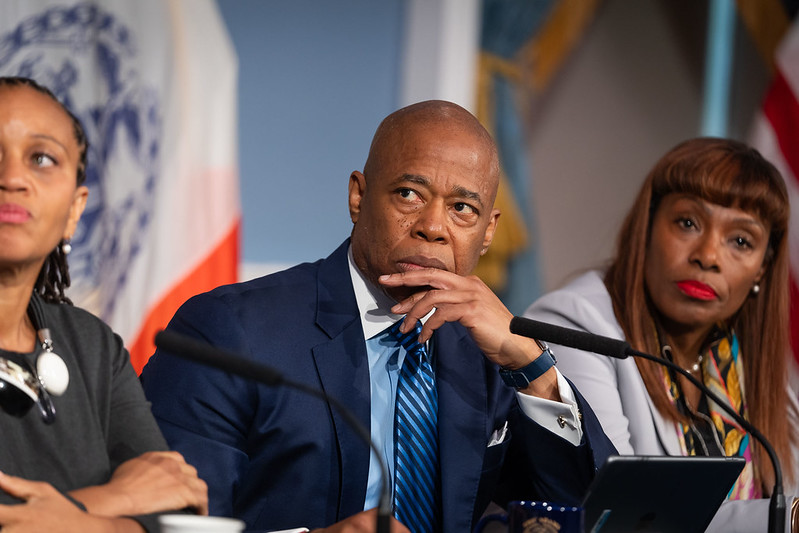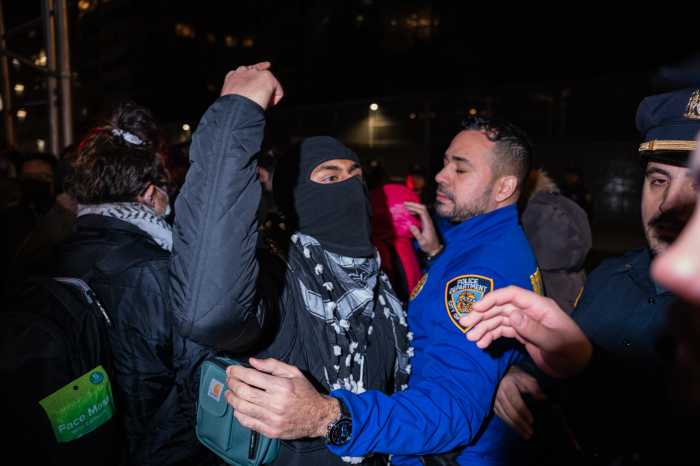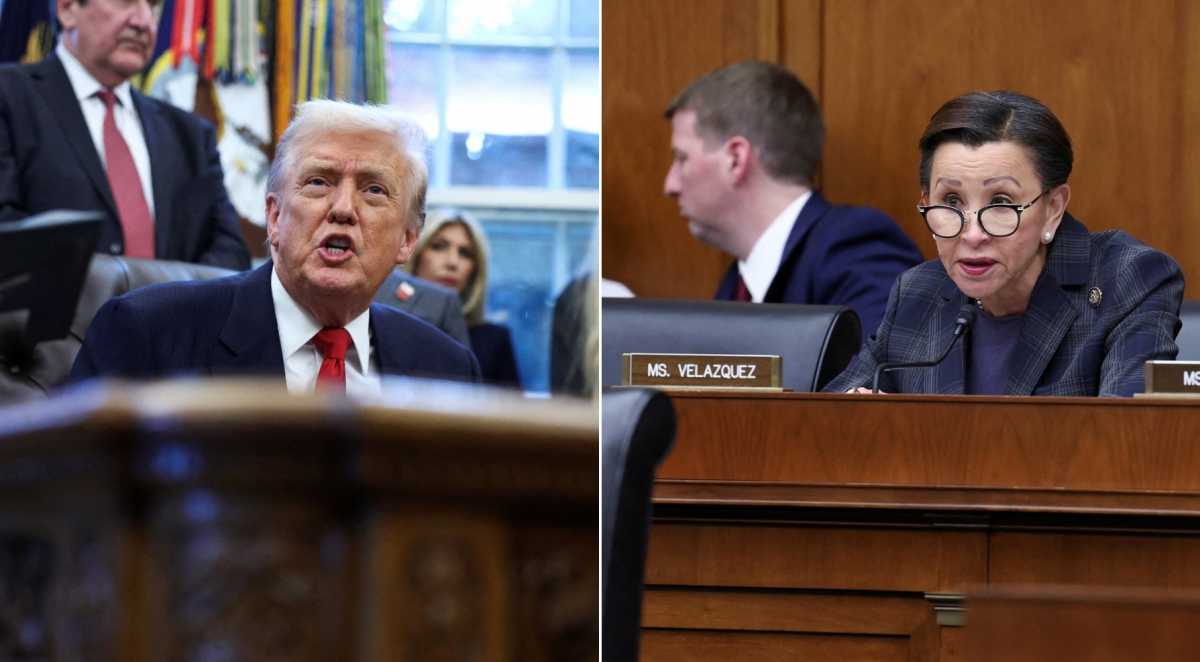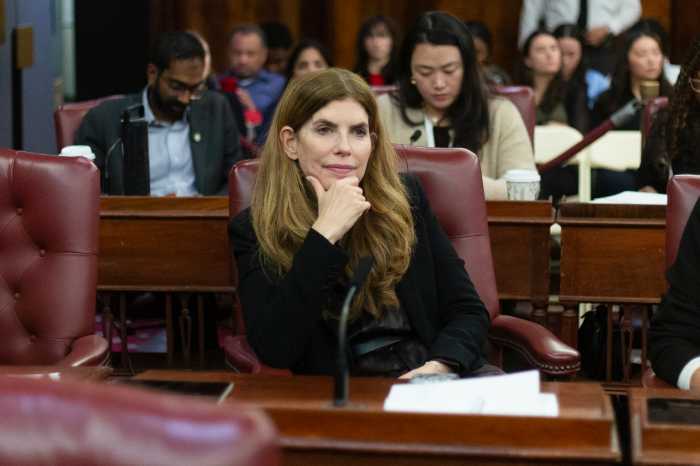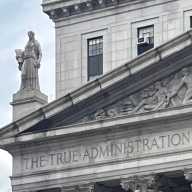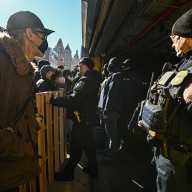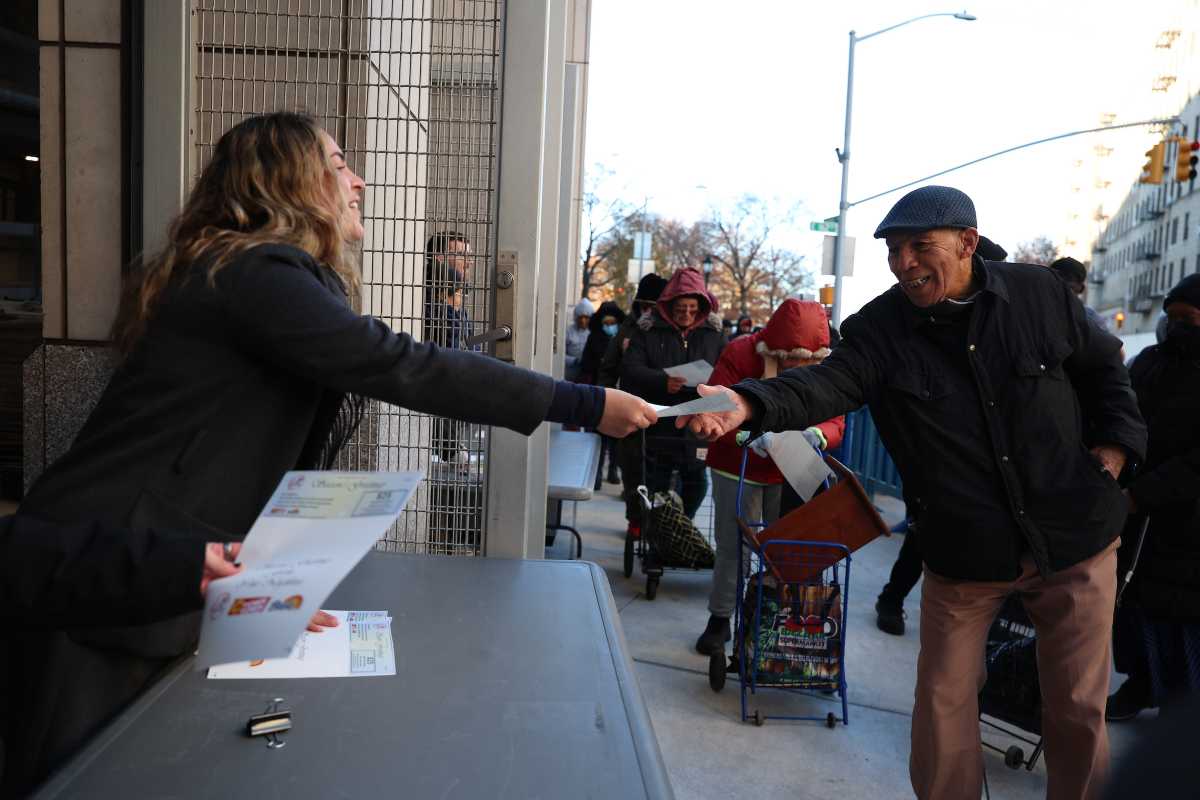The city’s Independent Budget Office on Wednesday projected that the Big Apple will have $2.2 billion more in available funds this fiscal year and next than what was predicted by Mayor Eric Adams’ administration in its executive budget last month.
In a new IBO report, released May 15, the office estimated a $5.1 billion surplus for the current fiscal year ending June 30, 2024, which is $1.1 billion higher than the $3.9 billion forecasted by the Mayor’s Office of Management and Budget (OMB). The budget watchdog had the same prediction of an additional $1.1 billion for Fiscal Year 2025 as well.
IBO released its findings as the mayor and City Council’s negotiations over the FY25 spending plan enter the final stretch. Both sides must agree on and pass a spending plan by a June 30 deadline.
The report will give City Council leaders with more firepower as they try to restore the remaining across-the-board spending cuts the mayor has enacted and proposed since last year. Adams said the two rounds of 5% budget cuts, enacted in November and January, were necessary to balance the city’s finances, which have been significantly strained by the migrant crisis and expiring federal stimulus dollars.
Council leadership has long insisted the cuts were never necessary because the city always had more available funds than Adams’ office has acknowledged.
“New Yorkers deserve an equitable budget that prioritizes the health and safety of our communities,” City Council Member Justin Brannan, who chairs the Finance Committee, said in a statement. “The latest IBO analysis further confirms what the council has been saying all along: from 3K to our parks, the City of New York has what it needs to restore all of the blunt and unnecessary cuts and then some.”
The council insists there is over $6 billion in available city funds that, if recognized and used by the administration, can reverse all of the mayor’s budget cuts. Brannan said last month that the mayor’s budget office left roughly $1 billion of those funds untapped in its spending plan.
But City Hall spokesperson Amaris Cockfield, in a statement, pushed back on IBO’s findings. She also insisted that even with the additional funds IBO identified, the cuts were needed to close a projected $7 billion budget gap for the next fiscal year.
“Because of our administration’s strong fiscal management, we are able to invest in public safety, economic opportunity, and make our city more livable for everyday New Yorkers,” Cockfield said. “We disagree with IBO’s approach, as the funding they identify as ‘surplus’ may be needed to fill budget holes and meet critical needs. Pulling these dollars out of agency budgets could jeopardize programs and services.”
In its report, the IBO also dug into the areas in which the mayor’s budget office restored some funding for city agencies cut under its savings plans — known as “Programs to Eliminate the Gap” (PEGs) — and others where reductions remained in place.
For instance, the budget office noted that the largest restoration was $63 million for two NYPD academy classes that were suspended in November, along with three others. Another class was brought back in January as well.
Additionally, the IBO found that of the $20 million cut from the city’s cultural institutions, the mayor only restored $7 million in the current fiscal year, while $13 million remained cut.
A slew of cuts to criminal justice programs totaling $32 million in FY25 and $18 million beginning in FY26, remained in place as well, the report found. Those included programs geared toward helping crime victims and providing supervised release for detainees.
Other areas where Adams declined to restore funding or reverse proposed cuts include the city’s three public library systems, a handful of Parks Department initiatives and the city’s Universal Pre-K and 3-K programs.



